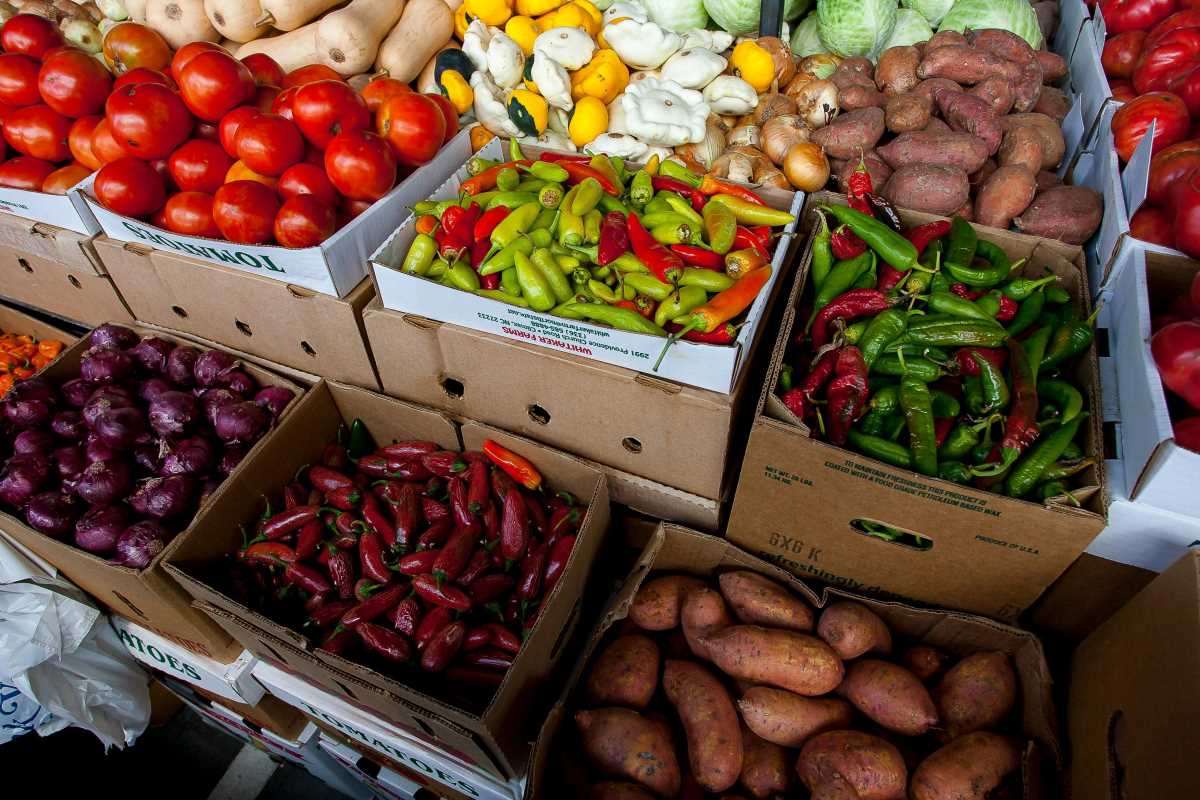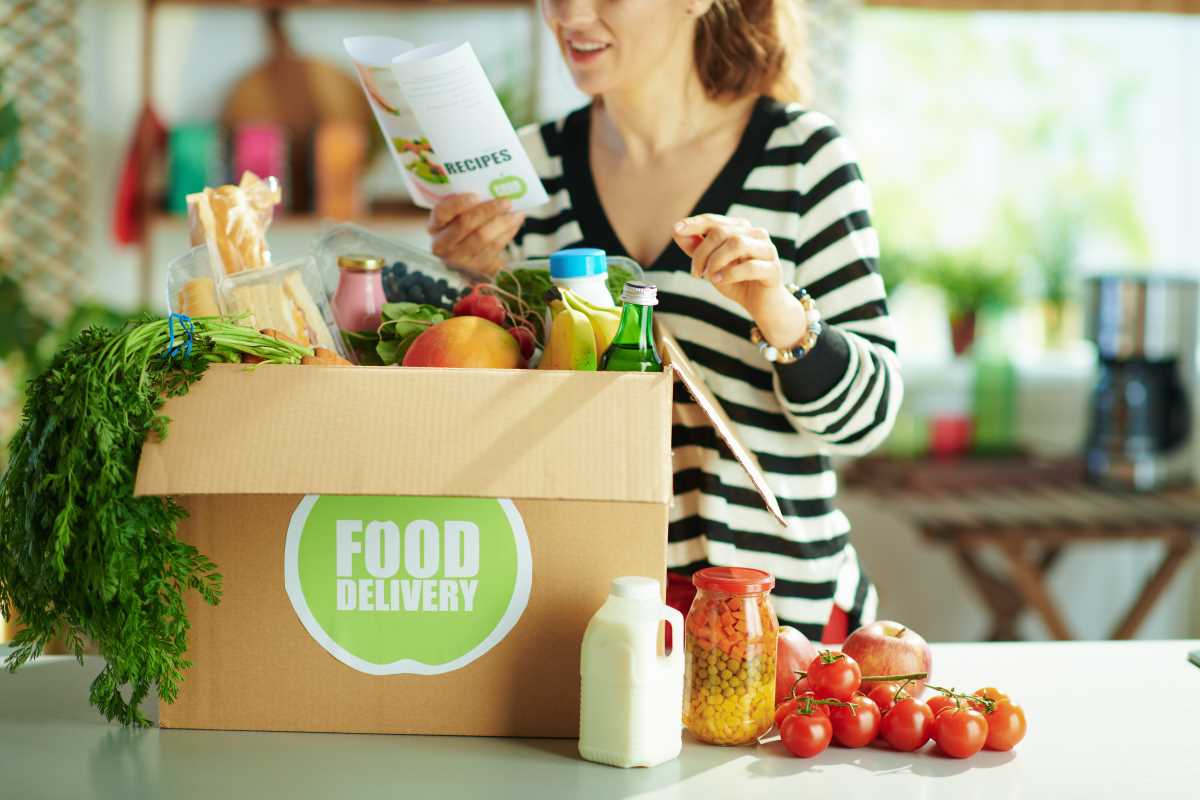Starting a farm stand gives you the chance to turn a spacious plot into a successful business while sharing fresh, homegrown goods with your community. You can use your land to grow a diverse selection of fruits, vegetables, and specialty items that draw customers looking for quality and freshness. By organizing your stand thoughtfully and offering products that reflect the changing seasons, you create a welcoming spot that neighbors look forward to visiting. This guide covers each part of the process, helping you make smart decisions about what to grow, how to display your harvest, and ways to connect with local shoppers who value great-tasting produce.
Starting a farm stand is more than just a business; it is an opportunity to share your harvest with neighbors and visitors. Follow these steps to gain practical insights that can help you turn your land’s natural potential into a thriving marketplace presence.
Planning Your Farm Stand
Careful planning before you open your doors will set the stage for success. Decide where to build the stand, what types of products you want to offer, and whether you need any permits or licenses. Your planning phase allows you to design a layout that best fits your land and showcases the quality of your produce.
Begin by listing your core objectives and mapping out your resources. This step involves understanding your market, reviewing local guidelines, and thinking creatively about how to use your space efficiently.
- Choose a location that is easily accessible and visible to local traffic.
- Check local regulations to secure all the necessary permits before you start.
- Decide on a range of products that you can keep fresh and varied throughout the season.
Preparing Your Products
Your produce forms the core of the farm stand. Making sure that your fruits, vegetables, and other goods reach customers in peak condition helps your stand stand out. Organize your harvest time effectively so that the produce remains fresh and appealing when displayed.
Handle your items with care from harvest to sale. Use high-quality packaging and inviting displays to create a customer-friendly atmosphere that encourages repeat visits.
- Harvest during the ideal time of day for optimal freshness.
- Package items in eco-friendly and appealing containers that highlight their natural beauty.
- Arrange your displays in a way that makes it easy for customers to see and touch the produce.
Setting Up for Success
The appearance and organization of your stand can greatly influence customer interest. Design a layout that guides customer flow and invites visitors to explore. Use clear and inviting signage that reflects the unique character of your stand.
Include engaging setups, such as demonstration areas or tasting stations, to make your space more attractive. A well-thought-out design can turn your space into a popular stop for locals and visitors alike. Promote a profitable farm stand that offers a taste of quality and sustainable practices.
Marketing and Attracting Customers
Share your story and highlight the quality of your products to increase your visibility. Use social media, local newspapers, and community boards to spread the word about your stand. Personal connections help; let your customers know about the care that goes into every item you sell.
Try creative advertising ideas like seasonal promotions or local collaborations. Establishing a presence where people frequently visit encourages customers to experience the difference at your farm stand firsthand.
Managing Operations and Finances
Running your farm stand requires careful management every day. Develop a routine that covers everything from setting up the stand to closing at the end of each day. Monitor product availability and adjust your offerings based on real-time supply and demand trends to keep your business running smoothly.
Tracking expenses and revenues remains essential. Record sales simply and monitor performance so that you can tweak your pricing and product mix over time. Practical checks throughout the day ensure you stay on top of everything.
- Establish a daily routine that includes setup, sales tracking, and customer interaction.
- Create clear pricing guidelines that reflect costs and market trends while still appealing to customers.
- Maintain accurate records of sales and inventory to manage finances and find growth opportunities.
Start your farm stand today to offer fresh produce and connect with your customers for the long term.
 (Image via
(Image via





